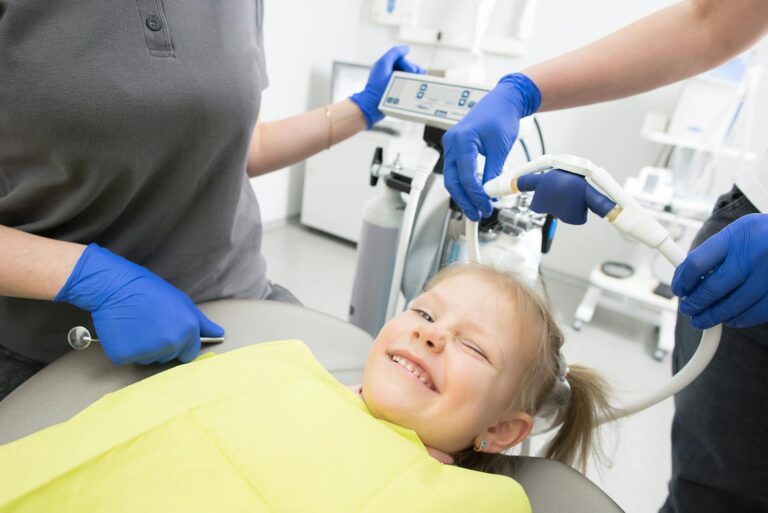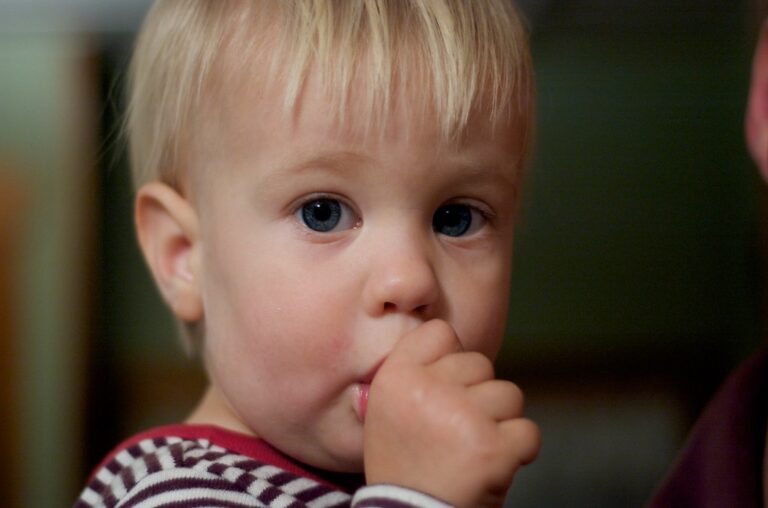How to Help a Child Overcome Fear of the Dentist
For many parents, taking their child to the dentist can feel like preparing for battle. Tears, tantrums, and clinging to the car seat are just a few signs of dental anxiety in kids. If this sounds familiar, you’re not alone—and more importantly, there’s hope.
Dental fear is common in children, especially during their early visits. Whether it stems from fear of the unknown, a previous unpleasant experience, or simply a sensitive temperament, helping your child feel safe and supported can turn dread into confidence over time.
In this post, we’ll explore why kids fear the dentist and share proven, gentle strategies you can use to help your child feel calm, curious, and even excited about their dental visits.
Why Are Kids Afraid of the Dentist?
Understanding why your child may feel anxious about the dentist is the first step toward helping them feel safe and supported. Dental fear is rarely just about the dentist—it’s often tied to a child’s perception of new environments, physical sensations, and how much control they feel they have. Let’s explore some of the most common reasons behind dental anxiety in children, with a bit more depth:
1. Fear of the unknown
For many children, visiting the dentist means stepping into a completely unfamiliar environment. The dental chair reclines in a way they’re not used to, the room smells different, the tools are shiny and loud, and strangers are wearing masks and gloves. Without understanding what each sound or sensation means, it’s easy for a child’s imagination to fill in the blanks with something scary. This fear often stems not from actual pain, but from uncertainty.
2. Previous bad experiences
If a child has had a painful dental procedure, such as a deep filling or a rushed cleaning, it may leave a strong impression—especially if they weren’t properly prepared or comforted. Even one difficult visit can cause a child to associate all dental appointments with discomfort. The memory lingers, making them more tense or resistant before future visits, even if the upcoming appointment is routine.
3. Exposure to scary stories
Kids are incredibly impressionable. If they’ve heard older siblings or classmates talk about “shots at the dentist” or “drills that hurt,” they might begin to fear something they’ve never personally experienced. Cartoons or shows that use dentists as comic villains—or even a parent joking about disliking the dentist—can also fuel a child’s anxiety. These messages shape how children think about dentistry long before they sit in the chair themselves.
4. Loss of control
Toddlers and young children thrive on routine and familiarity. Lying down in a chair, with bright lights shining in their eyes, and someone examining their mouth can feel intrusive—especially if the child doesn’t fully understand what’s happening. Not being able to talk during the procedure or move around freely can heighten their sense of vulnerability, leading to fear or resistance. Children may feel that something is being done to them instead of with them, which can be overwhelming.
5. General anxiety or heightened sensitivity
Some children are naturally more anxious than others, even in everyday situations. These kids may have a lower threshold for sensory stimulation and a stronger reaction to new experiences. The unfamiliar smells, vibrations, and close personal space at the dental office can quickly become overstimulating for a child with heightened sensitivity. For them, the dentist may not be the specific fear—it’s the overall intensity of the experience that triggers distress.
Whatever the cause, your response as a parent can make all the difference.
Tips to help your child feel comfortable with the dentist
1. Start early, and start positive
Bring your child to the dentist by their first birthday or within six months of their first tooth erupting. Early visits are usually simple, gentle, and help build familiarity with the office environment. If the first few dental visits are positive and low-stress, your child is far more likely to feel comfortable as they grow.
2. Choose a pediatric dentist
Pediatric dentists are specially trained to work with children, including those who are fearful or anxious. Their offices are often designed with kid-friendly décor, toys, and a warm, calming atmosphere. They use age-appropriate language and techniques to help children understand what’s happening without fear.
3. Avoid using scary words
Skip words like “hurt,” “shot,” “needle,” or “drill.” Instead, use soft, friendly descriptions:
– The “cleaning brush” instead of the drill
– The “sleepy juice” instead of numbing injection
– “Counting teeth” instead of examining teeth
Let the dentist explain procedures in their own comforting, child-friendly way.
4. Role-play at home
Pretend to be the dentist at home. Use a toothbrush to “count” your child’s teeth and let them do the same with a stuffed animal. This playful rehearsal helps your child feel in control and know what to expect. You can even watch age-appropriate videos or read children’s books about visiting the dentist.
5. Stay calm and encouraging
Children take cues from their parents. If you’re nervous or tense, they’ll feel it. Stay calm, speak in a reassuring tone, and express confidence in the dental team. Praise your child’s bravery—even small efforts like sitting in the chair or opening their mouth.
6. Bring comfort items
Let your child bring a favorite toy, blanket, or stuffed animal to hold during the visit. Some dental offices allow children to wear headphones or watch cartoons during the appointment to provide distraction and ease tension.
7. Don’t use dental visits as punishment
Avoid saying things like, “If you don’t brush your teeth, the dentist will give you a big shot.” This turns the dentist into someone to fear instead of a friendly helper. Frame dental visits as part of keeping their smile strong, not as a consequence.
8. Use rewards—not bribes
Instead of bribing your child with candy or toys if they behave, try setting positive expectations:
“We’ll go to the park after your visit,” or
“You can pick a fun sticker afterward.”
This shifts the focus to celebration, not negotiation.
When Is It Time to Seek Additional Help for Dental Anxiety?
While many children outgrow their fear of the dentist with time, consistency, and gentle reassurance, there are instances when that anxiety becomes more persistent—or even escalates. If your child continues to show signs of extreme fear despite your efforts, it’s important not to dismiss or delay support. Instead, view it as an opportunity to address the issue early with the help of professionals who specialize in working with children.
For example, if your child becomes physically distressed before appointments (crying, shaking, or refusing to enter the clinic), refuses to sit in the dental chair after multiple visits, or cannot complete even simple procedures like cleanings or exams due to anxiety, these are clear signs that they may benefit from additional help.
Pediatric dentists are trained not only in oral care, but also in child behavior management. They may introduce a gradual desensitization process—where your child is gently introduced to the dental environment in small, positive steps over time. This could involve letting the child sit in the chair without any treatment, exploring the tools through play, or just visiting to say hello without any procedures.
For children with more intense anxiety, your dentist may recommend mild sedation options such as nitrous oxide (laughing gas), which helps a child stay calm and comfortable during their visit. These techniques are carefully administered in a safe, child-focused setting and are often enough to help even the most anxious patients complete their dental care without fear.
In rare cases, your dentist may suggest involving a pediatric psychologist or therapist who specializes in anxiety or phobias. These professionals can work with your child using proven strategies like cognitive-behavioral therapy (CBT) to help them gradually overcome their fear in a healthy and lasting way.
Seeking help isn’t a sign of failure—it’s a proactive step toward empowering your child to take control of their health and emotions. With the right guidance and support, even the most anxious child can learn to feel calm, safe, and in control during dental visits.
Final Thoughts
Fear of the dentist doesn’t have to last forever. With patience, preparation, and a little creativity, you can help your child feel safe and supported in the dental chair. These early experiences shape not only their oral health but also their attitude toward care for years to come.
A confident child today becomes a healthy, empowered patient tomorrow.






